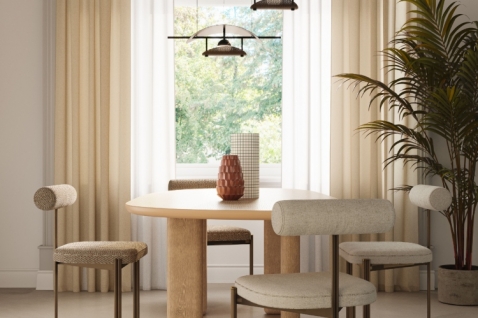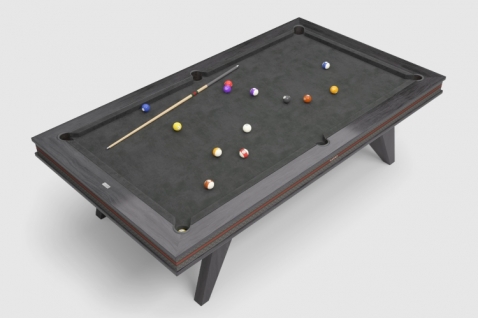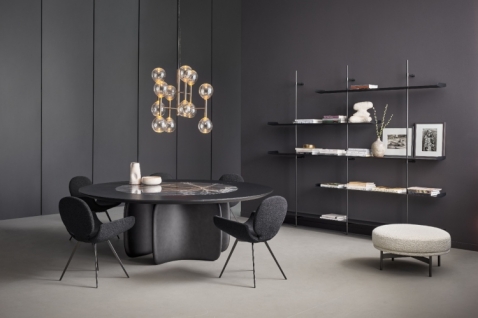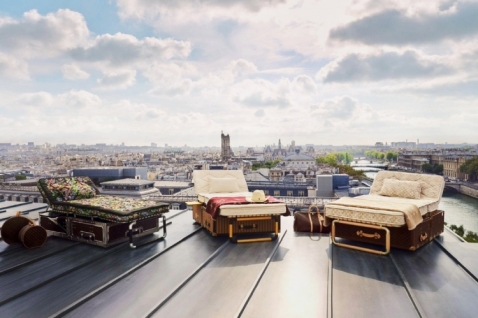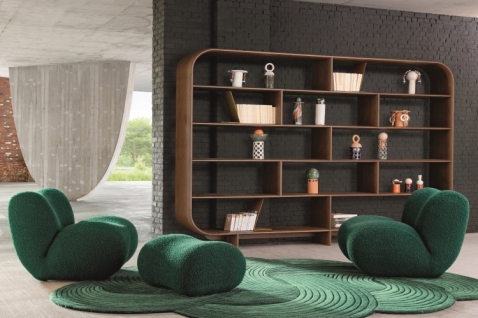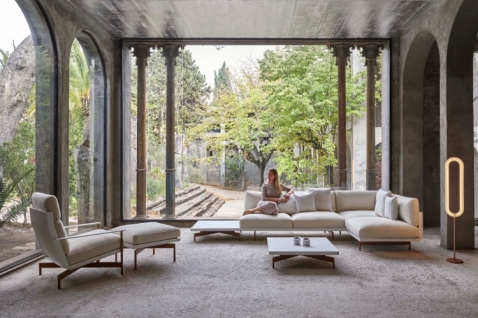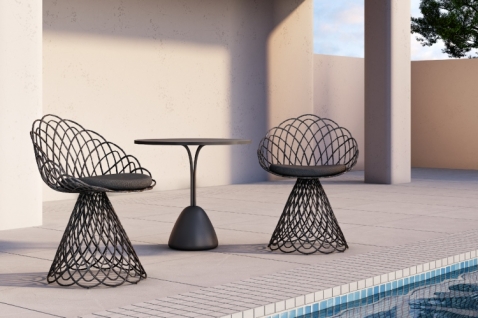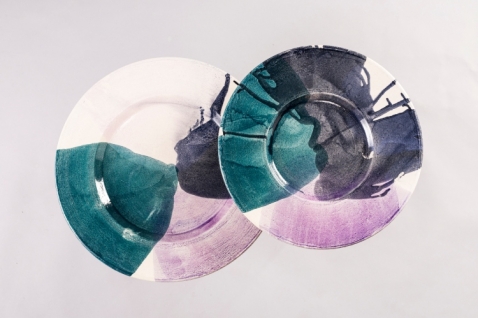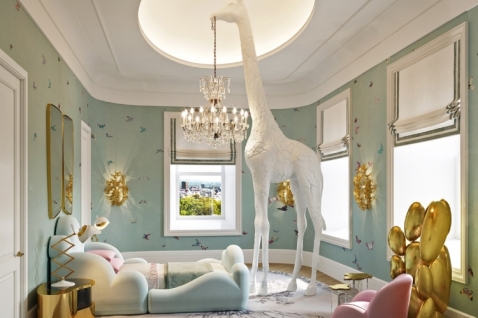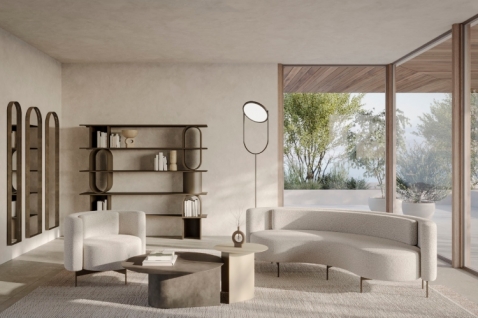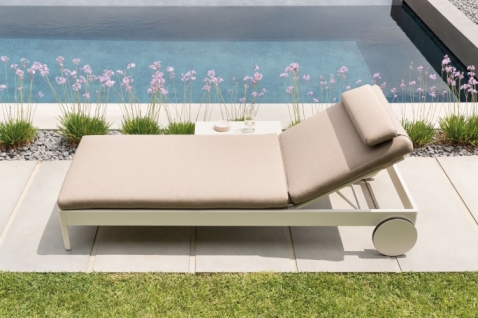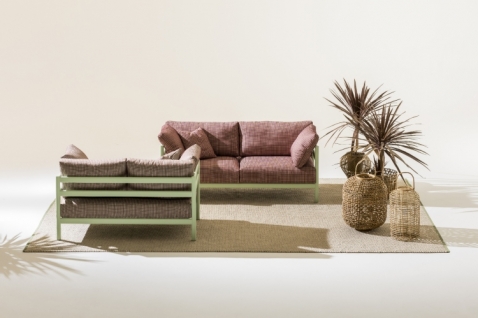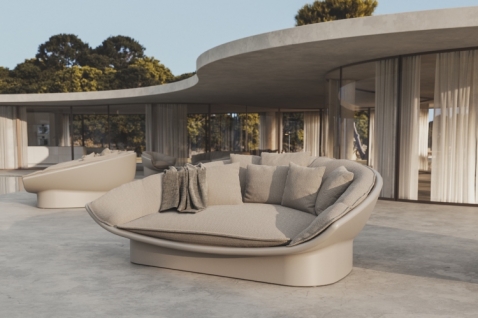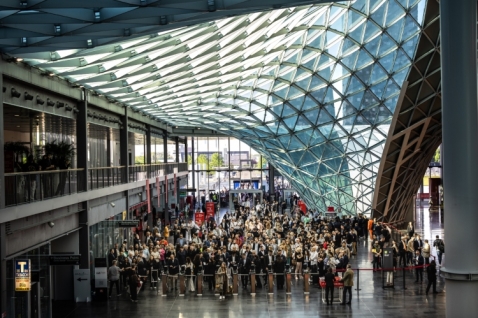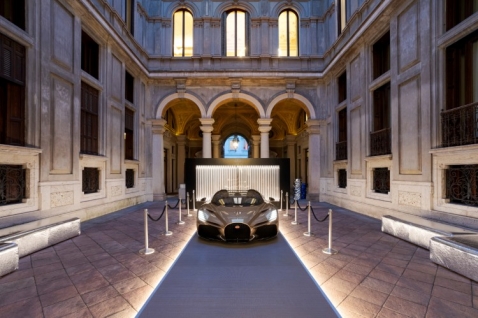Photo: Delfino Sisto Legnani

As a benchmark exhibition at the international level, the biennial event dedicated to bathrooms boasts new presences and numerous innovations that successfully blend product functionality with attention to water impact and energy costs, along with hedonistic and aesthetic components. It will take place from April 16th to 21st at Rho Fiero Milan, in Pavilions 6-10...
Now in its 10th edition, the International Bathroom Exhibition is a growing and dynamic fair recognized as the leading international event for those involved in bathroom furnishing, thanks to its ability to attract all major professionals - from architects and large purchasing groups to individual retailers and end-users. 180 exhibitors will participate in the event, covering 18,000 m2, showcasing the best of international production - from furniture and accessories to shower enclosures, sanitaryware, radiators, taps, bathroom fittings, and bathtubs.
The novelties on display reflect the continuous evolution of this particular room, which is becoming an increasingly important part of the domestic space, to the extent that it is now the third most designed and sought-after room by architects and designers. This intimate space represents a part of our home where water and its associated rituals provide an opportunity to reconnect with our deepest selves. However, a high emotional and aesthetic coefficient is no longer enough to convince buyers, whether they are professionals or private individuals; these days, the main decisive factor in purchasing is the brand's adherence to eco-design and sustainable principles, from sourcing raw materials to production, finished products, maintenance, and disposal processes. All of this must also be achieved without compromising on functionality, quality, and durability.
Bathroom furniture brands have been investing in research and innovation for years to come up with products with low environmental impact. This has led them to think more deeply about water footprints, production cycles, and materials, which must be recyclable and circular. The sector has now learned to respect the world in which we live, with products that reduce water and energy waste, quality certification, ecological and super-healthy materials that are easy to maintain, water-based finishes for wood, recycled production waste, non-toxicity, and durability becoming concrete realities.
Now there are smart faucets that allow perfect regulation of the percentage of hot and cold water or come equipped with dynamic flow regulators that allow for a 50% reduction in consumption. Other systems make it easier to manage water consumption through continuous monitoring and an acoustic signal that warns of excess, raising user awareness of this natural resource. There are also touchless faucets and faucets that offer responsible customization of flow rate, temperature, and duration, as well as projects almost ready for the market geared towards reuse: systems are being studied that allow the heat produced by water to be stored and used to heat water for the next shower, without further energy waste. Even in the latest generation of sanitary ware, looks and design are combined with innovative technological systems for careful water savings. Basins, strictly rimless, are designed to operate with a minimal amount of water, boasting flushes of 4.5 liters and, in some cases, just 3 liters.
Smart bathrooms are becoming increasingly relevant: there are voice activation and recognition systems that can heat toilet seats, connect to devices inserted into sanitary ware for medical analysis, with results appearing directly on your smartphone screen, or automatically regulate water flow and the amount of light or music in the room; bathtubs that fill themselves in response to smartphone input, bringing water to the ideal temperature to avoid waste, and mirrors that can be connected to mobile phones.
If personalization is a winning strategy for all bathroom companies, showers, washbasins, and accessories confirm the general trend towards customization. Integrated systems with hidden drawers or live-edge shelves, mirrors, and accessories, boasting customized and high-tech solutions, and a wide range of finishes, are increasingly in demand for industrial production too. Showers are becoming increasingly frameless, with glass panels, invisible supports, and retractable shower trays, flush with the floor. They can also be turned into actual wet rooms, like those found in spas and luxury hotels. Bathtubs are freestanding, with smart temperature control and lighting that turn bathrooms into actual home spas. Radiators are becoming real sculptures within the wellness space.
As for design, the latest trend presents bathrooms as extensions and integrations with living space, with storage and furniture systems in shapes and materials that would be perfectly at home in living rooms and bedrooms. There is plenty of room for geometries and, especially, for curved and plastic lines and forms, combined with clean, essential design that highlights colors, materials, and textures.

